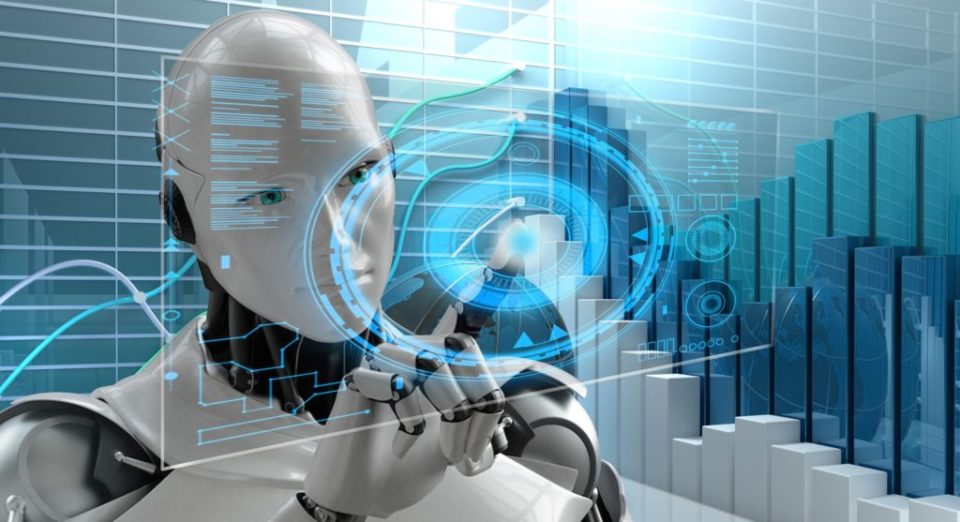Artificial intelligence (AI) holds forth the prospect of actual human-machine contact. Machines can understand requests, correlate data points, and form conclusions when intelligent. Consider:
- Do you have business travel planned for tomorrow? Your intelligent gadget will automatically provide weather information and travel alerts for your destination city.
- Are you planning a big birthday bash? Your intelligent bot will assist you with invitations, reservations, and cake pick-up reminders.
- Do you want to run a direct marketing campaign? Then, your AI assistant can naturally divide your consumers into groups, allowing for more tailored messages and higher response rates.
We are not discussing robotic butlers. This isn’t a typical Hollywood production. However, in artificial intelligence, we have reached a new level of cognition that has proven to be quite valuable in our daily lives.
Artificial Intelligence vs. Machine Learning
AI and machine learning are branches of computer science. While a single blog cannot do justice to these issues, we must gain a fundamental understanding of these words to begin applying ML in mobile applications.
Artificial intelligence (AI) is a research area aiming to make machines or computers have the same degree of intelligence, smarts, articulation, and aesthetic abilities as humans. However, the level of AI and its applications differ. For example, suppose a hypothetical humanoid can wash the dishes.
If there were a hypothetical humanoid that could do things like washing the dishes, cleaning the car, and preparing meals, we would call it an AI product, but so would software that can comprehend speech and detect whether the tone is angry, envious, or pleased.
There are several components of AI, including data science, which aids in collecting, categorizing, and processing data. Algorithms, which assist in understanding and applying intelligence features, and Machine Learning. ML is a branch of AI that aims to learn and train algorithms that will make judgments.
In terms of Machine Learning, what is now achievable in Mobile Applications?
Everything is feasible, but if you’re just getting started in this field and don’t have access to a vast team of scientists and developers, your options may be limited. Fortunately, we can use many resources and technologies in MVPs or current projects, and I will go over a couple of them today.
Integration
To begin, we must discuss how we can access those tools. There are primarily two ways the tools can be used and accessed—API-based — typically external services that take data as input and return a response based on that data.
API-Based:
These are usually external services that accept some data as input and return a response based on that data; all processing takes place on a server someplace, and accessing them requires an Internet connection. Therefore, they aren’t suitable for offline apps.
Device-Based:
The algorithms and AI models are stored on the device, and while they can typically be accessed and used without an Internet connection, some of them do.
There is a third model, which is a mix of the two outlined above. A model is downloaded from a server regularly; however, these scenarios are uncommon and not as widely utilized as the other two.
We can quickly build more intricate and intelligent systems utilizing these technologies, as you can see. Such example is a score table that can be adjusted while watching a football game in the app by analyzing the sound of the commentators or an app that can take voice instructions to perform specific activities.
Artificial Intelligence has become popular in recent years, although it is not a new concept; it has been around since the 1970s. However, because of the availability of high processing power, hardware, and the massive amounts of data necessary, it is just now becoming realistic to employ to solve problems.
For example, Machine Learning requires not a few thousand but millions of data objects to deal with to train models and provide trustworthy output.
Image Credits: toppr


